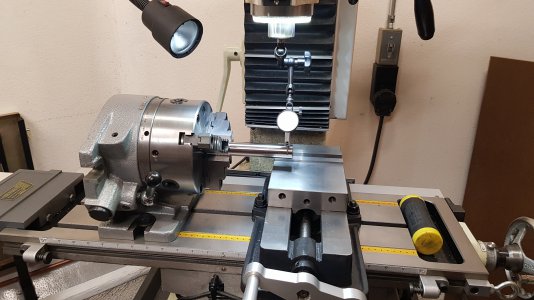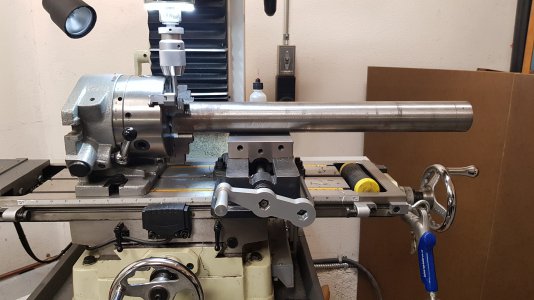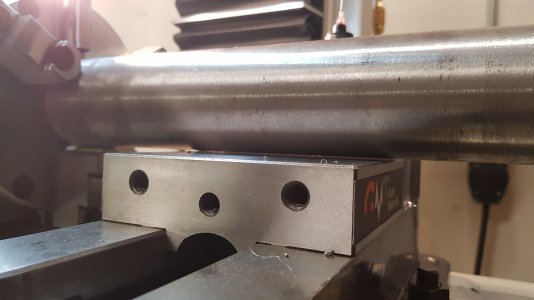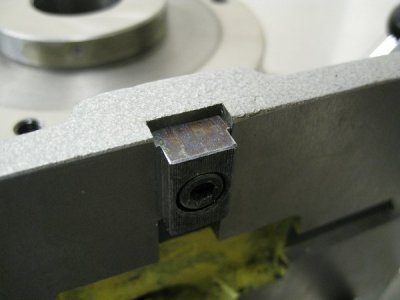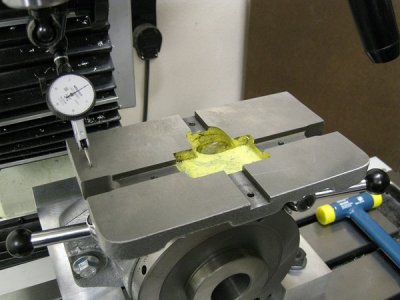- Joined
- Jun 26, 2018
- Messages
- 1,733
So, i purchased an indexing head some many months ago. Spend a lot of time reading learning about them. One thing I haven't come across, how to square it up on the mill. It does have a pivoting head, but using a machinist square seems like a quick way to do that, i don't think the dead out is dead on...splitting hairs, but not exact. How to indicate it along the Z axis? The surface of the unit isn't smooth, probably not straight either. The actual chuck? Why do I not think that is a good idea either?
just a little back story, I was just experimenting with it, no harm no fowl. I drilled a hole halfway through a piece of 1" sq bar , rotated 180° and drilled the other side. They were off. Not 10's thousandths, but 100's (along the Y axis) so that brings me to possible issues. Being square and I need to check for fun out on that chuck. Seriously doubt it's that, but just throwing it into the mix.
Happy Friday Gentlemen!
just a little back story, I was just experimenting with it, no harm no fowl. I drilled a hole halfway through a piece of 1" sq bar , rotated 180° and drilled the other side. They were off. Not 10's thousandths, but 100's (along the Y axis) so that brings me to possible issues. Being square and I need to check for fun out on that chuck. Seriously doubt it's that, but just throwing it into the mix.
Happy Friday Gentlemen!


